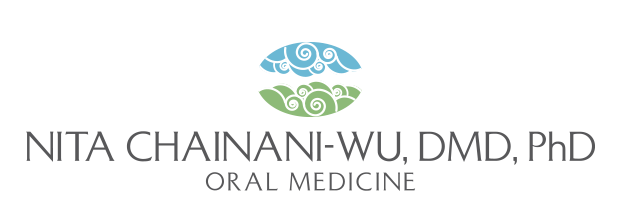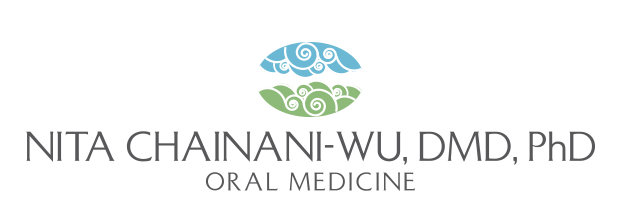Safety and anti-inflammatory activity of curcumin: a component of tumeric (Curcuma longa).
Source
Department of Stomatology, University of California, San Francisco, CA 94143-0658, USA. [email protected]
Abstract
INTRODUCTION:
Tumeric is a spice that comes from the root Curcuma longa, a member of the ginger family, Zingaberaceae. In Ayurveda (Indian traditional medicine), tumeric has been used for its medicinal properties for various indications and through different routes of administration, including topically, orally, and by inhalation. Curcuminoids are components of tumeric, which include mainly curcumin (diferuloyl methane), demethoxycurcumin, and bisdemethoxycurcmin.
OBJECTIVES:
The goal of this systematic review of the literature was to summarize the literature on the safety and anti-inflammatory activity of curcumin.
METHODS:
A search of the computerized database MEDLINE (1966 to January 2002), a manual search of bibliographies of papers identified through MEDLINE, and an Internet search using multiple search engines for references on this topic was conducted. The PDR for Herbal Medicines, and four textbooks on herbal medicine and their bibliographies were also searched.
RESULTS:
A large number of studies on curcumin were identified. These included studies on the antioxidant, anti-inflammatory, antiviral, and antifungal properties of curcuminoids. Studies on the toxicity and anti-inflammatory properties of curcumin have included in vitro, animal, and human studies. A phase 1 human trial with 25 subjects using up to 8000 mg of curcumin per day for 3 months found no toxicity from curcumin. Five other human trials using 1125-2500 mg of curcumin per day have also found it to be safe. These human studies have found some evidence of anti-inflammatory activity of curcumin. The laboratory studies have identified a number of different molecules involved in inflammation that are inhibited by curcumin including phospholipase, lipooxygenase, cyclooxygenase 2, leukotrienes, thromboxane, prostaglandins, nitric oxide, collagenase, elastase, hyaluronidase, monocyte chemoattractant protein-1 (MCP-1), interferon-inducible protein, tumor necrosis factor (TNF), and interleukin-12 (IL-12).
CONCLUSIONS:
Curcumin has been demonstrated to be safe in six human trials and has demonstrated anti-inflammatory activity. It may exert its anti-inflammatory activity by inhibition of a number of different molecules that play a role in inflammation.
- PMID:
12676044
[PubMed – indexed for MEDLINE]

